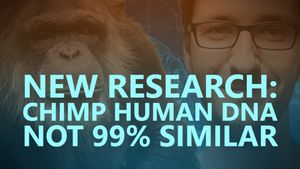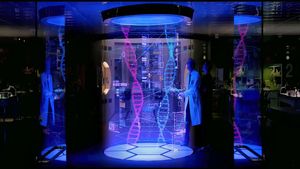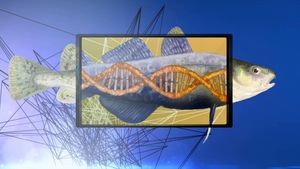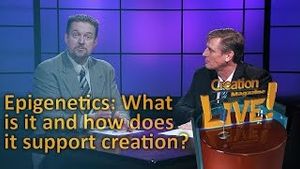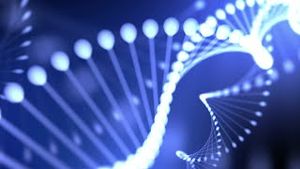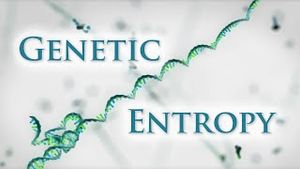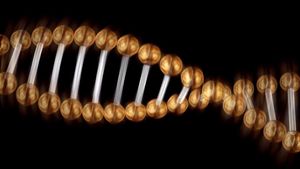Hudson River super mutants defy evolution
Have the fish in New York's Hudson River evolved into 'super mutants'? A large
proportion of the river's Atlantic tomcod fish have developed resistance to
certain poisons, and the mass media has heralded this as a dramatic example of
evolution in action! However, far from supporting microbes-to-man evolution,
these mutant fish have actually devolved, not evolved! That's because the fish
have become resistant through a loss of genetic information.
Non-resistant fish have special proteins in their cells that allow the poisons
to bind. However, due to a genetic mutation, the proteins of resistant fish
cannot bind the poisons as readily. So, 'corrupted' proteins have made the fish
resistant. And in the poison-rich environment of the Hudson River, it's no
wonder that the mutated gene facilitating resistance has quickly spread through
the tomcod population. It is misleading to call these changes 'evolution',
because evolution requires the addition of new genetic information, but these
resistant fish have only demonstrated information loss.






